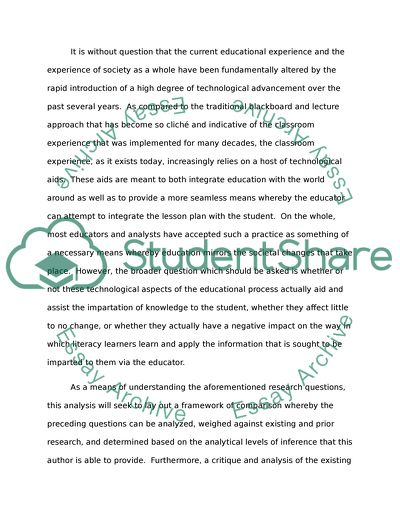Cite this document
(“Does The Use of Technology Effect's Young Literacy Learners, In A Research Paper”, n.d.)
Retrieved from https://studentshare.org/education/1465460-does-the-use-of-technology-effectyies-young
Retrieved from https://studentshare.org/education/1465460-does-the-use-of-technology-effectyies-young
(Does The Use of Technology Effect'S Young Literacy Learners, In A Research Paper)
https://studentshare.org/education/1465460-does-the-use-of-technology-effectyies-young.
https://studentshare.org/education/1465460-does-the-use-of-technology-effectyies-young.
“Does The Use of Technology Effect'S Young Literacy Learners, In A Research Paper”, n.d. https://studentshare.org/education/1465460-does-the-use-of-technology-effectyies-young.


